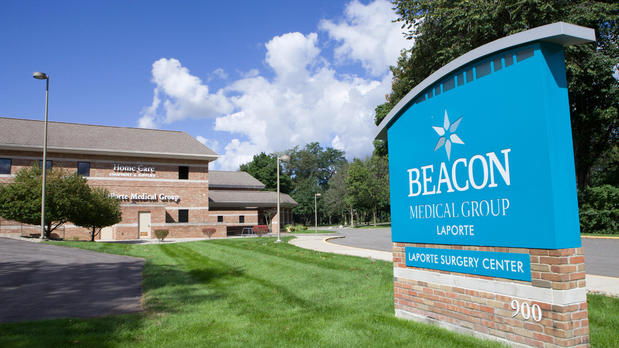Toothache: First aid
The most common cause of toothache is tooth decay. Find out about other causes of toothache and what to do for relief until you see your dentist.
Overview
Tooth decay is the most common cause of toothaches for most children and adults. Bacteria that live in your mouth thrive on the sugars and starches in the food you eat. These bacteria form a sticky plaque that clings to the surface of your teeth.
Acids produced by the bacteria in plaque can eat through the hard, white coating on the outside of your teeth known as enamel. This creates an area of decay called a cavity. The first sign of decay may be pain when you eat something sweet, very cold or very hot. Sometimes decay will show as a brown or white spot on the tooth.
Other causes of a toothache can include:
- Food stuck between your teeth, especially if your teeth have spaces between them, or plaque buildup.
- Swelling or infection at the root of the tooth or in the gums.
- Trauma to the tooth, including injury or grinding your teeth.
- Sudden crack or chip of the tooth or tooth root.
- A split in the tooth or filling that occurs over time.
- Teeth that start to appear through the gums, such as with teething.
- Wisdom teeth that don't have enough room to appear through the gums or develop normally. This is called impacted wisdom teeth.
- A sinus infection that can be felt as pain in the teeth.
A toothache often needs some sort of treatment by your dentist.
Treatment
Self-care tips
Until you can see your dentist, try these self-care tips for a toothache:
- Rinse your mouth with warm water.
- Use dental floss to remove any food bits or plaque between your teeth.
- Consider taking a pain reliever you can buy without a prescription to dull the ache. But don't place aspirin or another painkiller directly against your gums because it may burn your gum tissue.
- If the toothache is caused by trauma to the tooth, apply a cold compress to the outside of your cheek.
Use caution with products containing benzocaine
Previous advice included putting a small amount of a nonprescription pain reliever containing benzocaine directly to the irritated tooth and gum for temporary relief. But benzocaine has been linked to a rare and serious, sometimes deadly, condition called methemoglobinemia (met-hee-muh-GLO-buh-nee-mee-uh). This condition lowers the amount of oxygen that the blood can carry. So follow these guidelines:
- Talk to your dentist, doctor or other healthcare professional before using any product that contains benzocaine.
- In children younger than 2 years old, don't use any products that contain benzocaine, such as teething gels with benzocaine (Anbesol, Orajel, others).
- Never use more than the recommended dose of benzocaine.
- Store products containing benzocaine out of the reach of children.
When to call your doctor
Call your dentist or other doctor right away if you have any of the following with a toothache:
- Pain that continues for more than a day or two.
- Fever.
- Symptoms of infection, such as swelling, pain when you bite, red gums or a foul-tasting discharge.
If you have trouble breathing or swallowing, go to the emergency department at a hospital.
© 1998-2025 Mayo Foundation for Medical Education and Research (MFMER). All rights reserved.
Terms of Use



